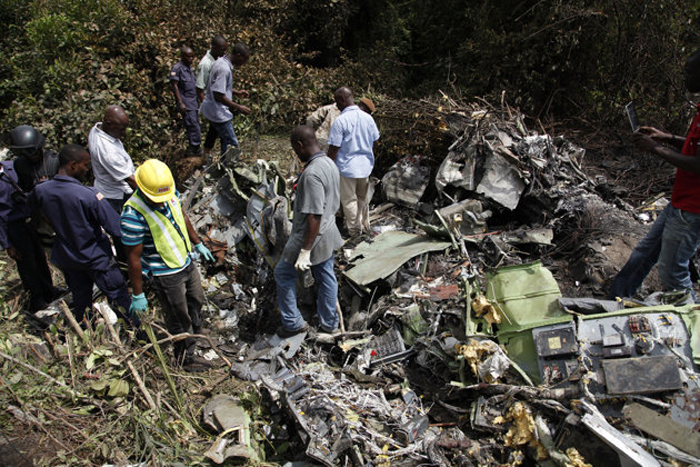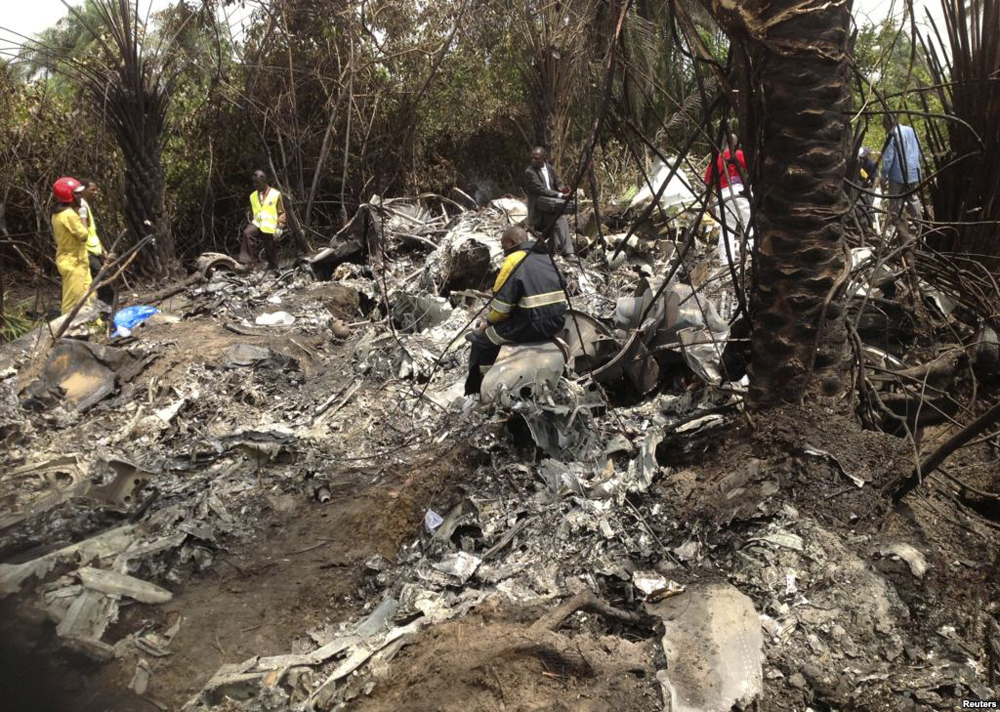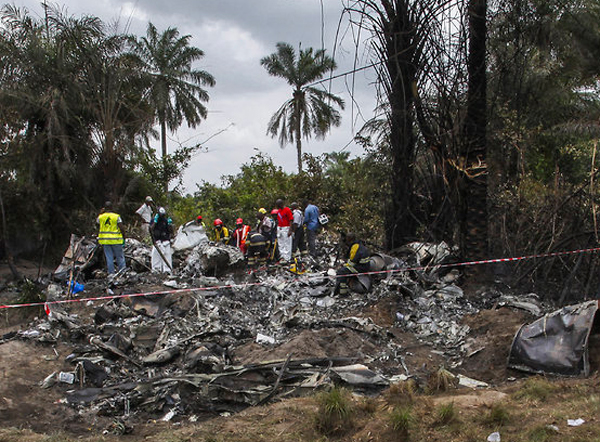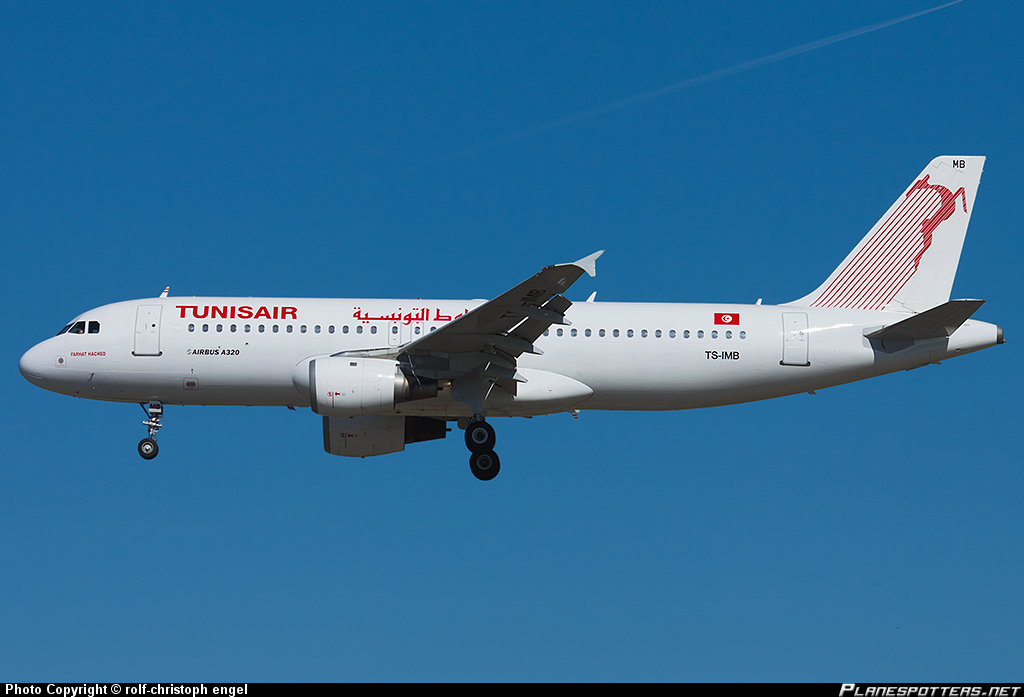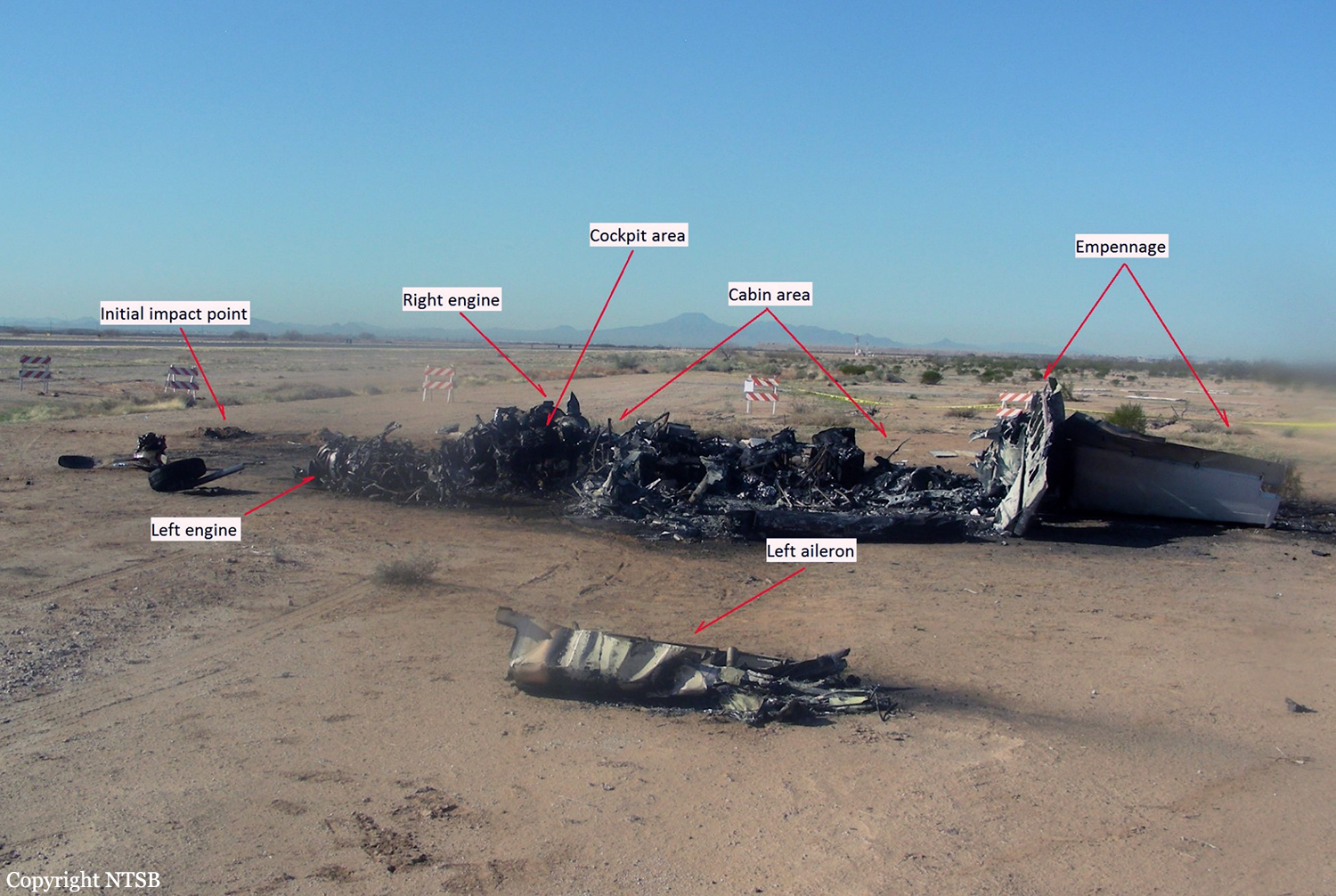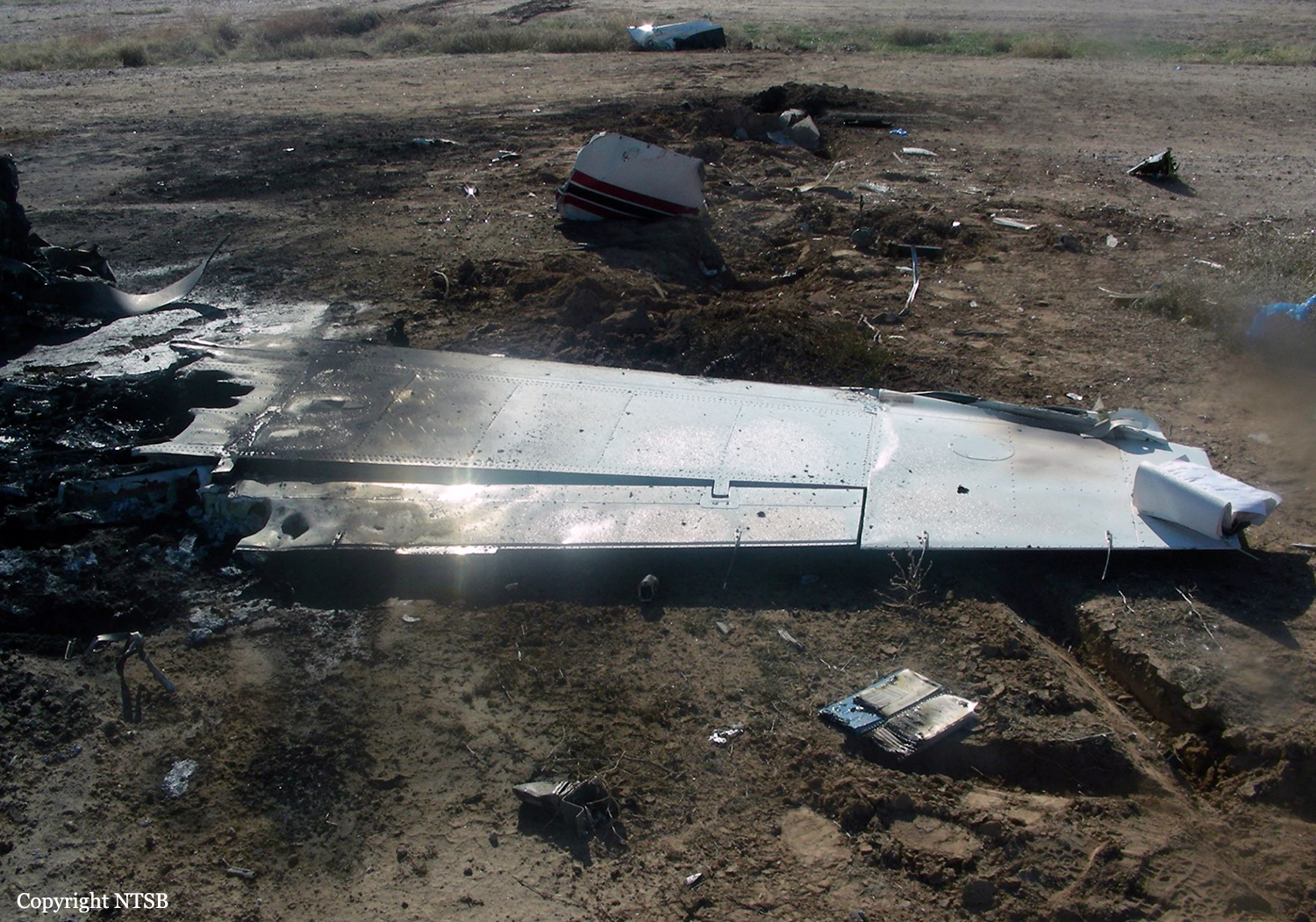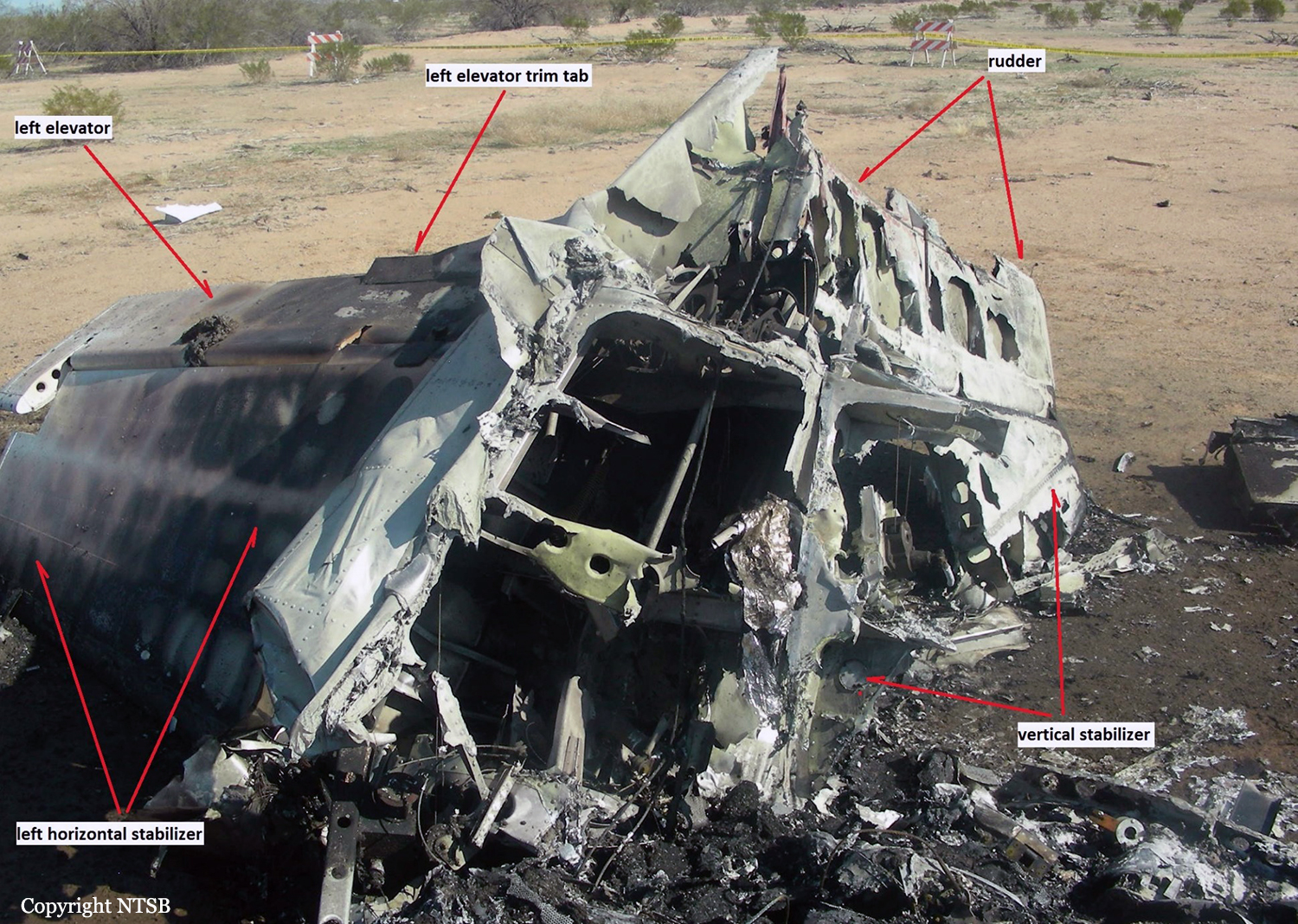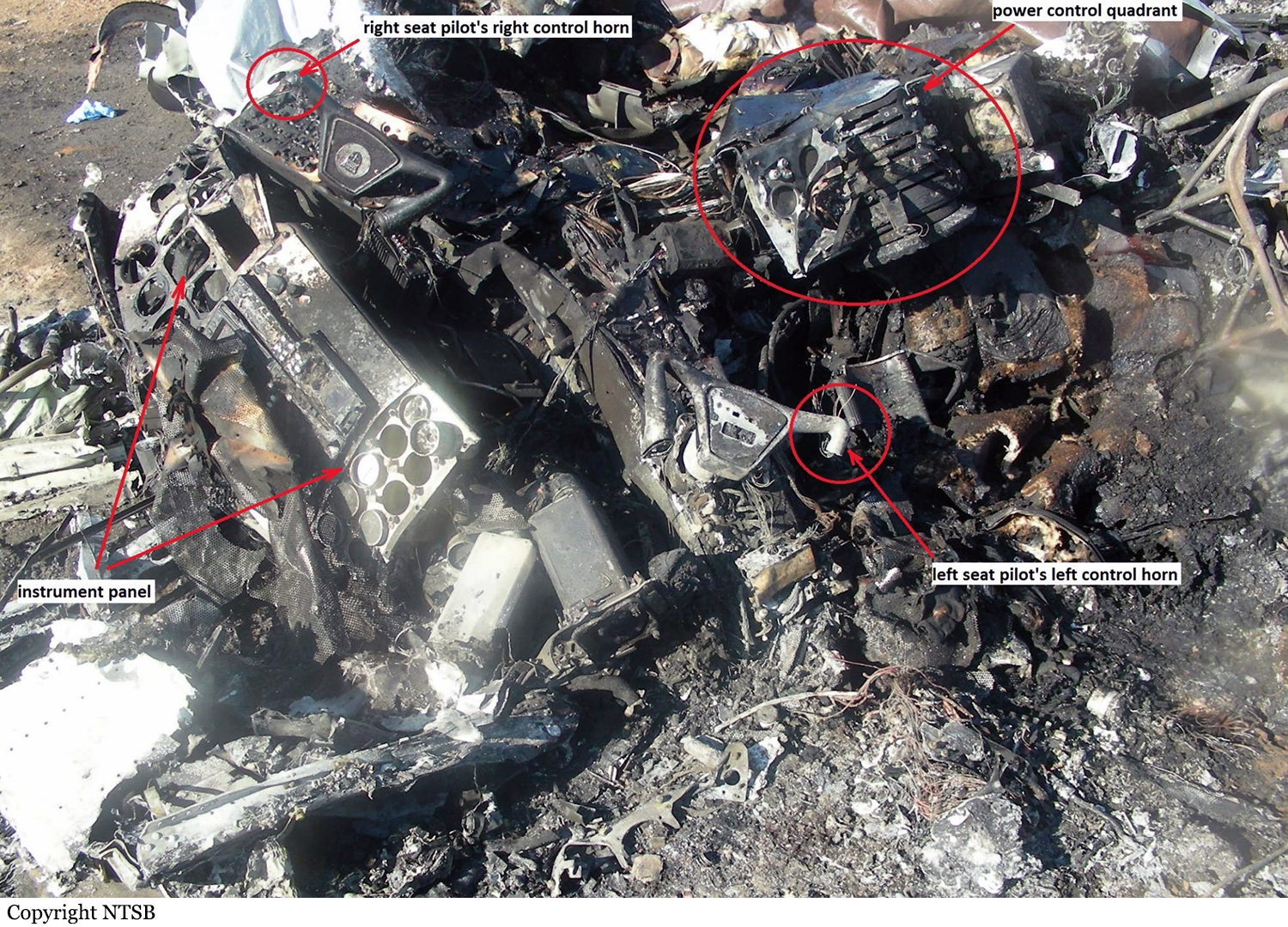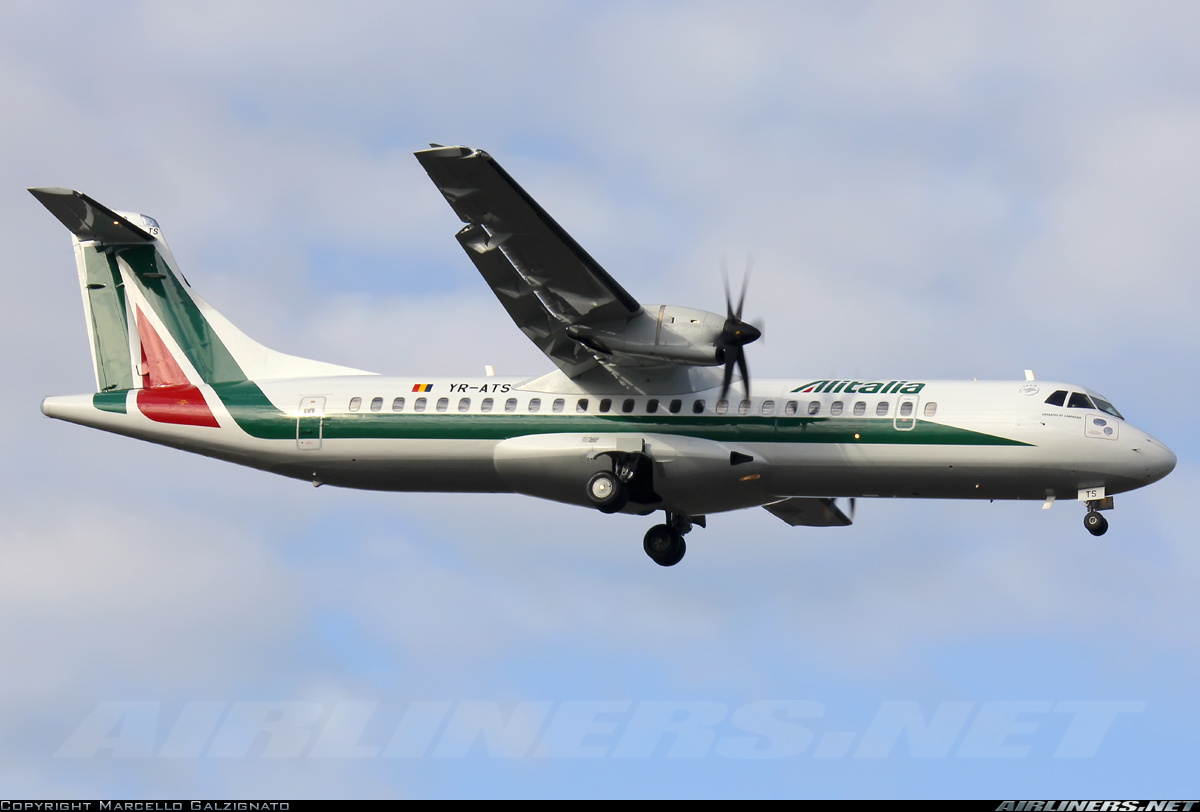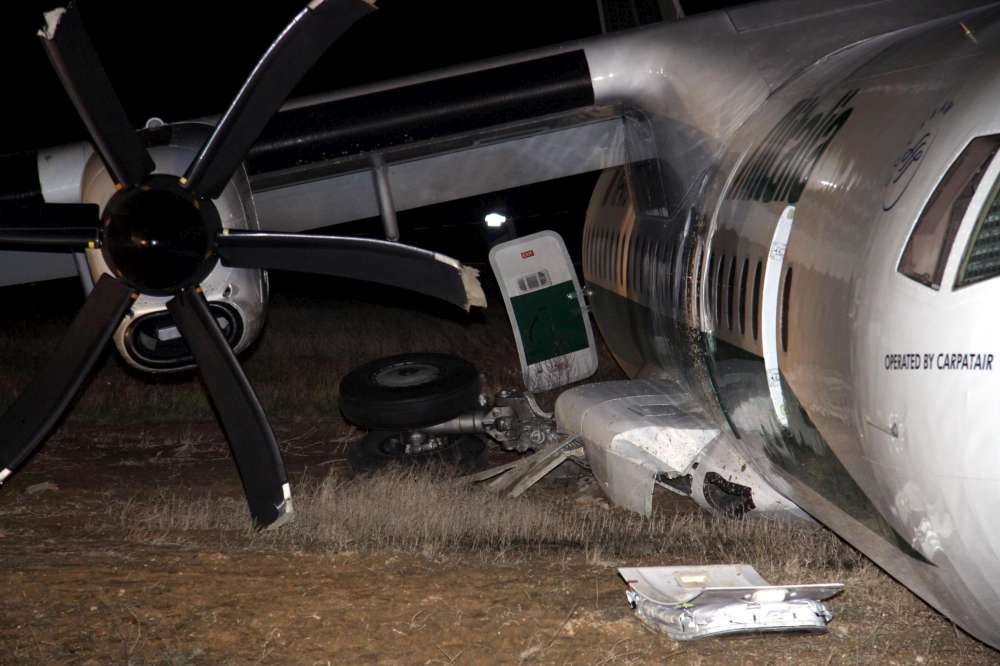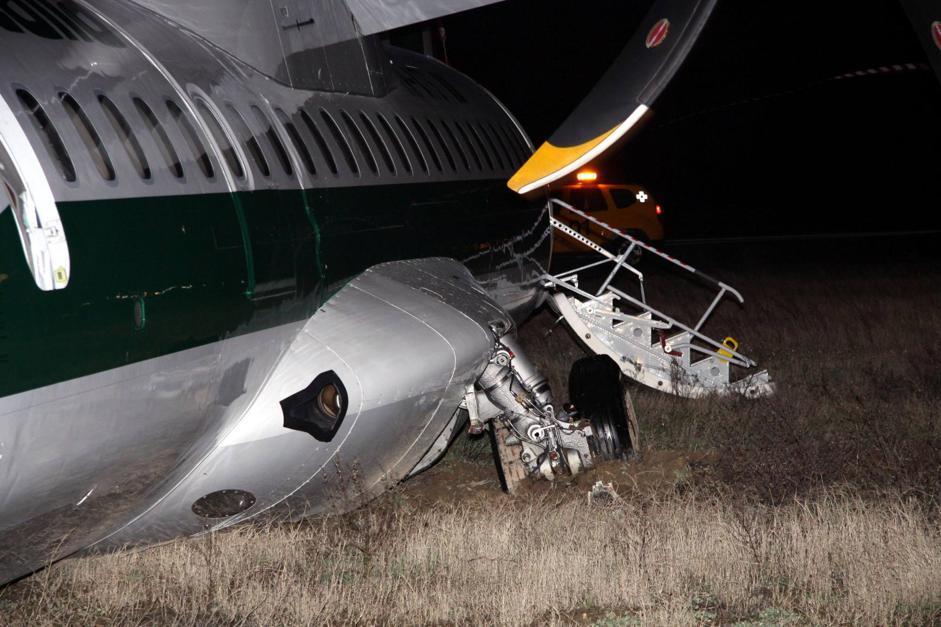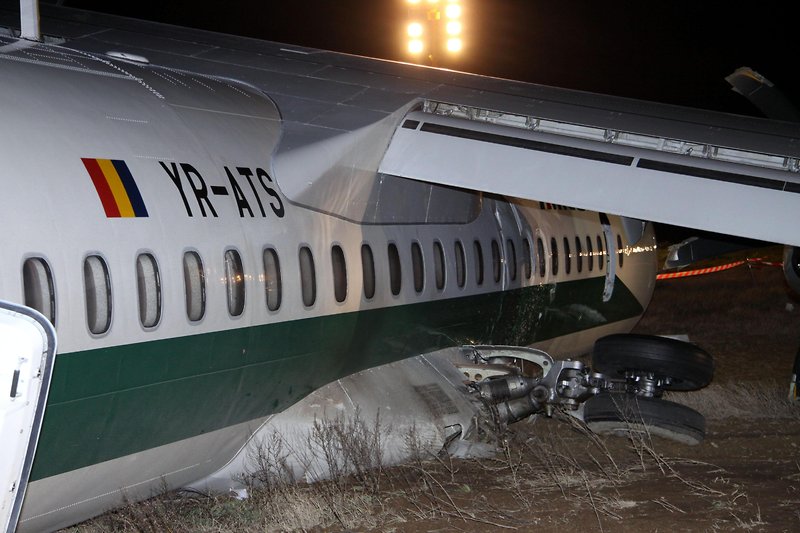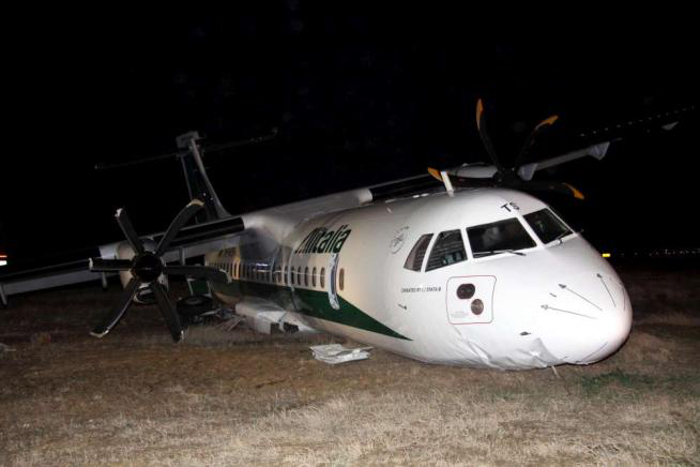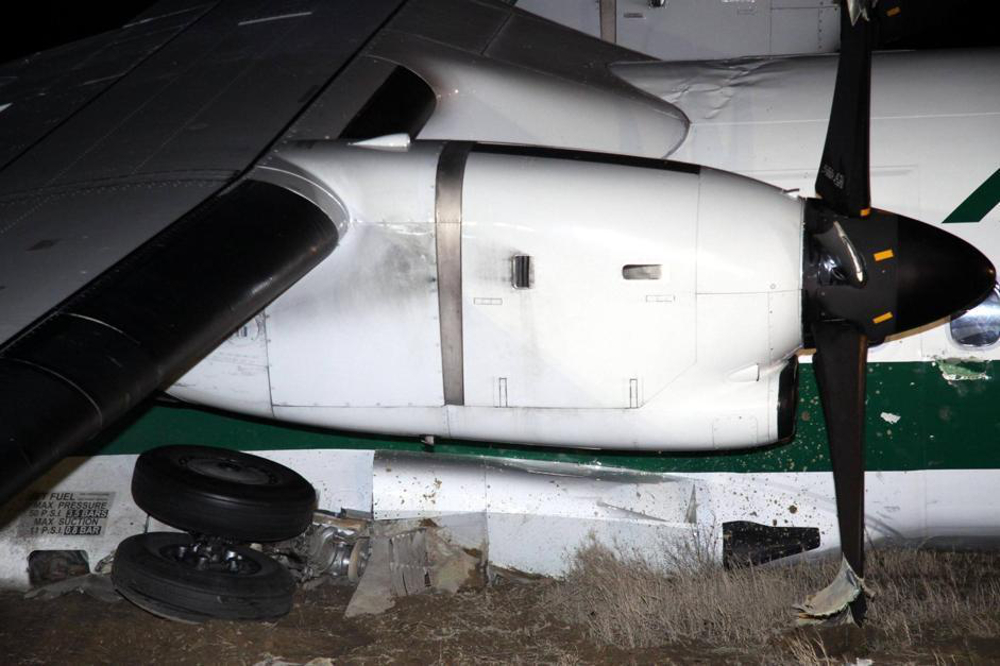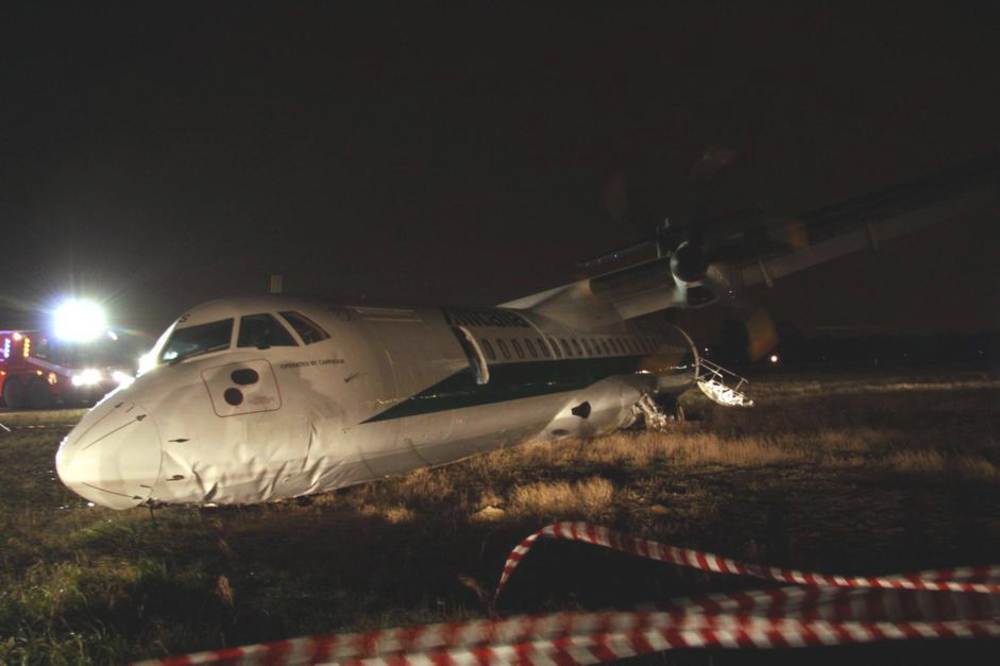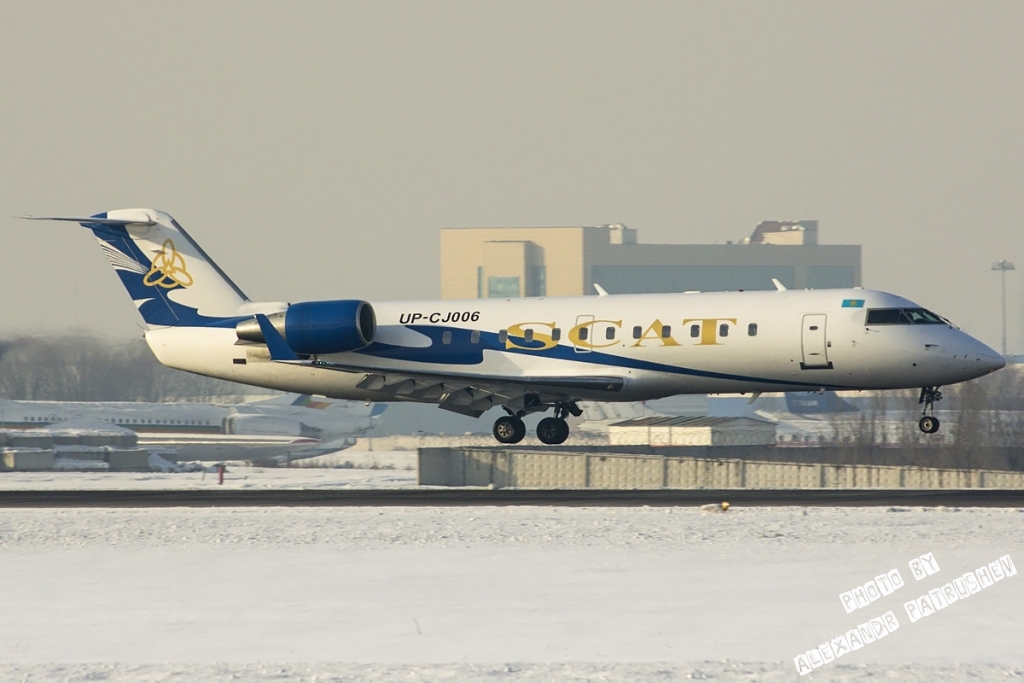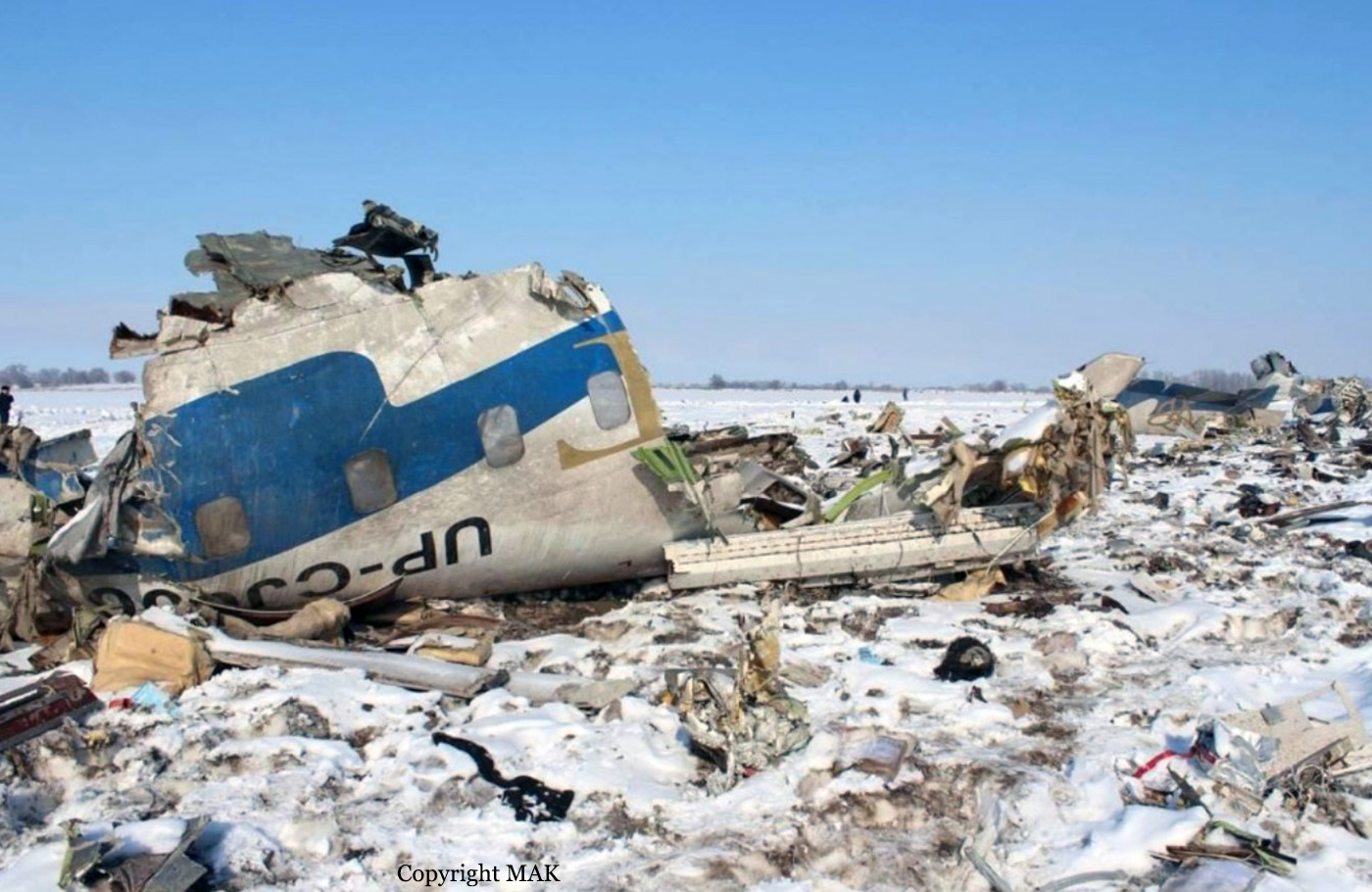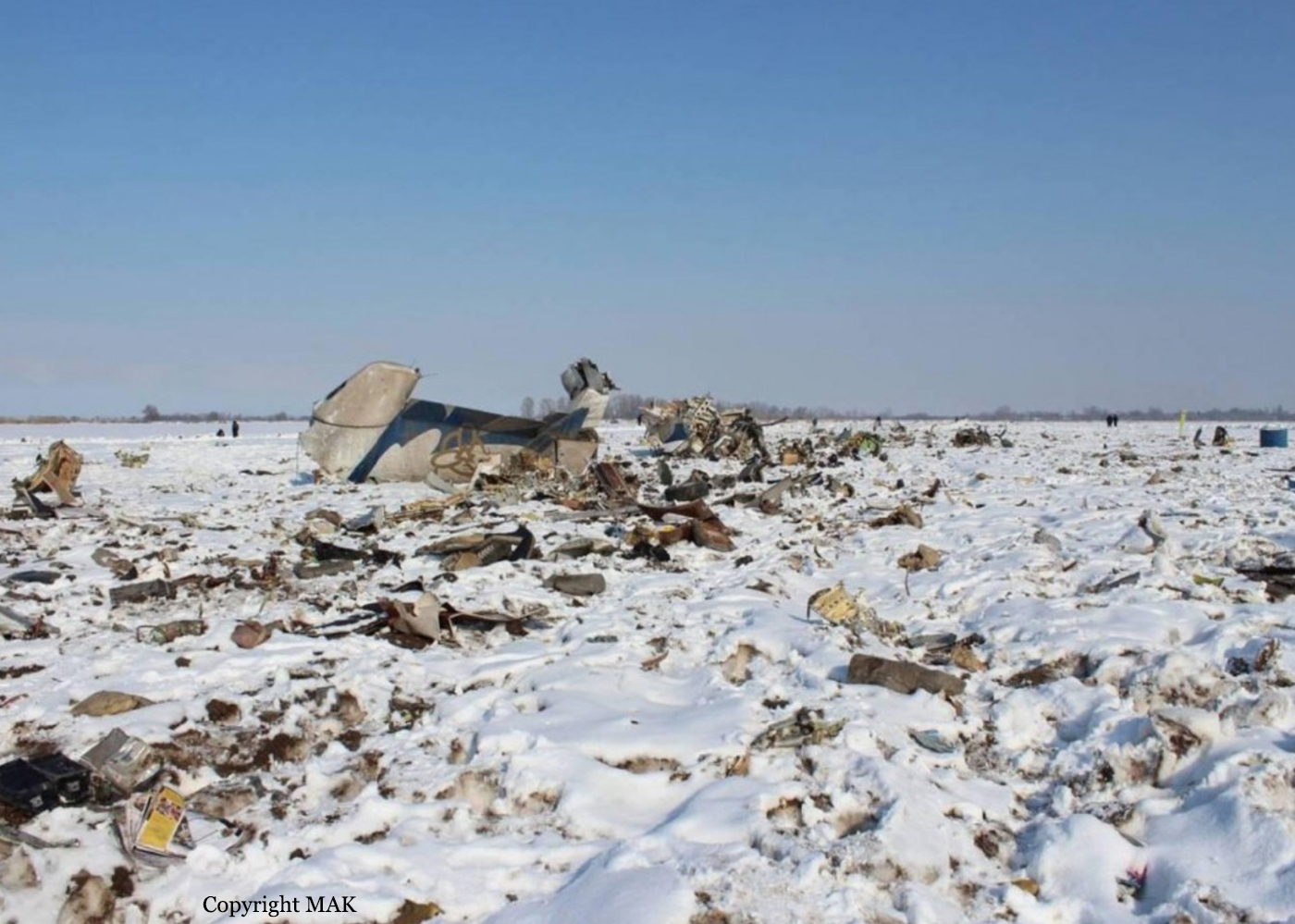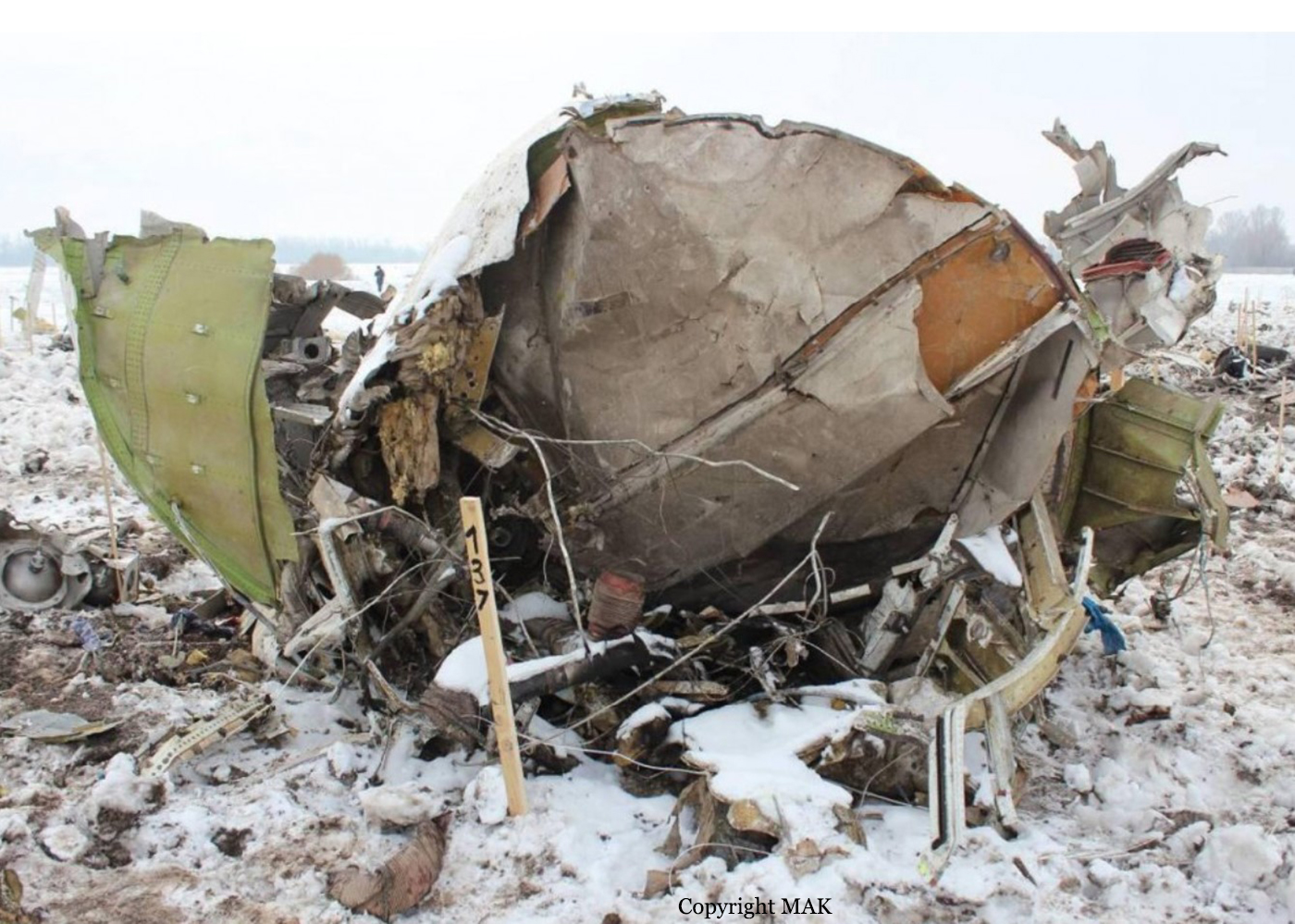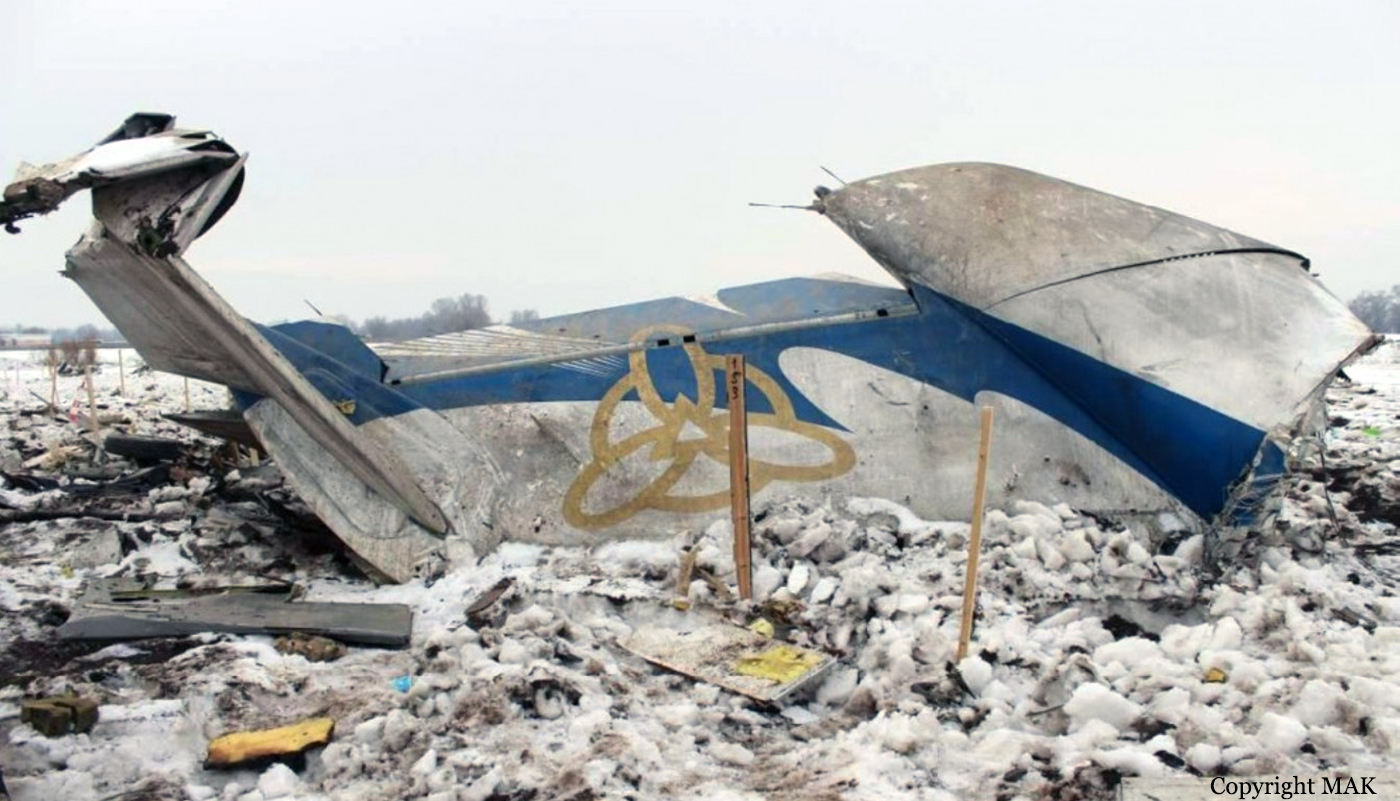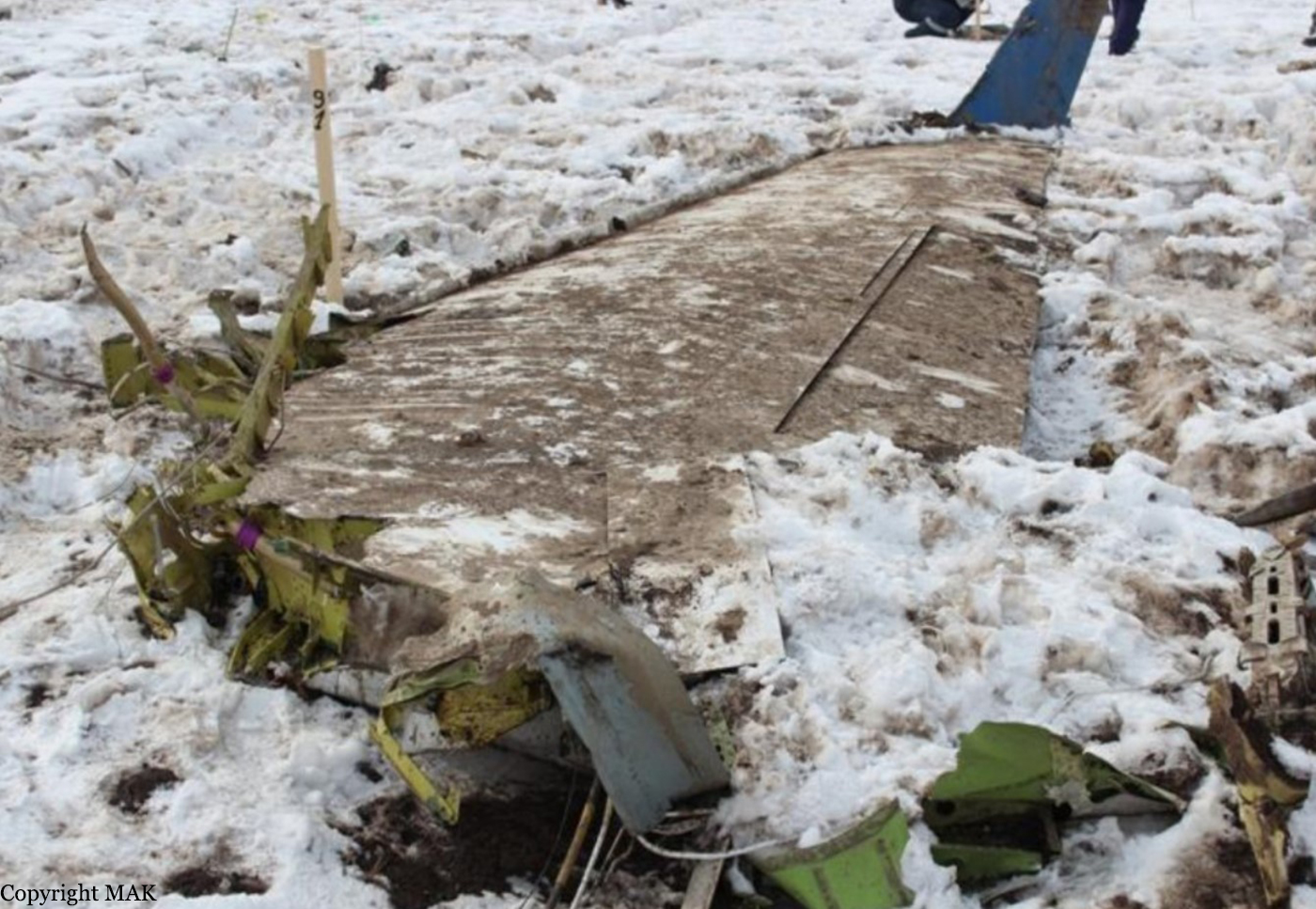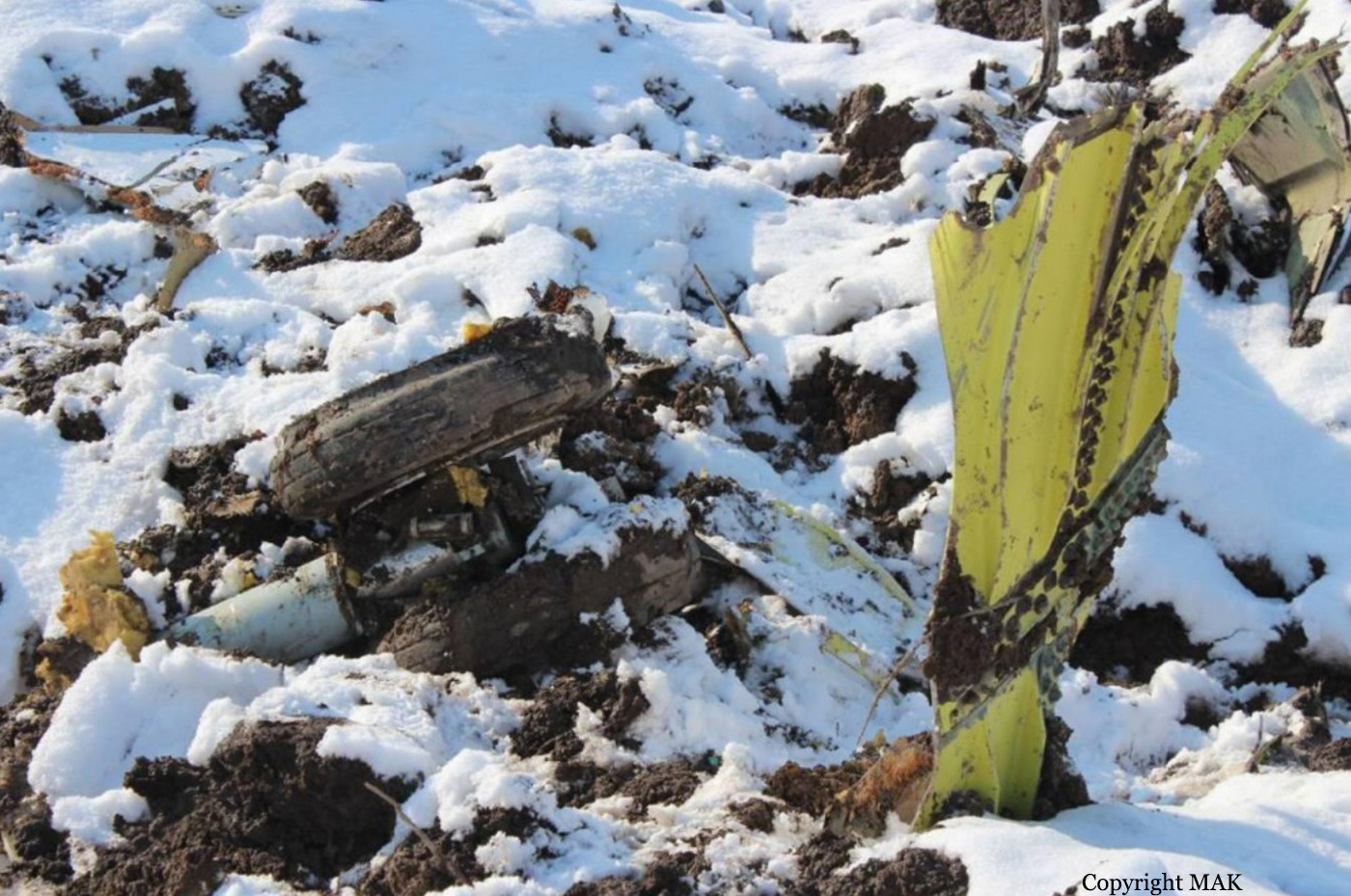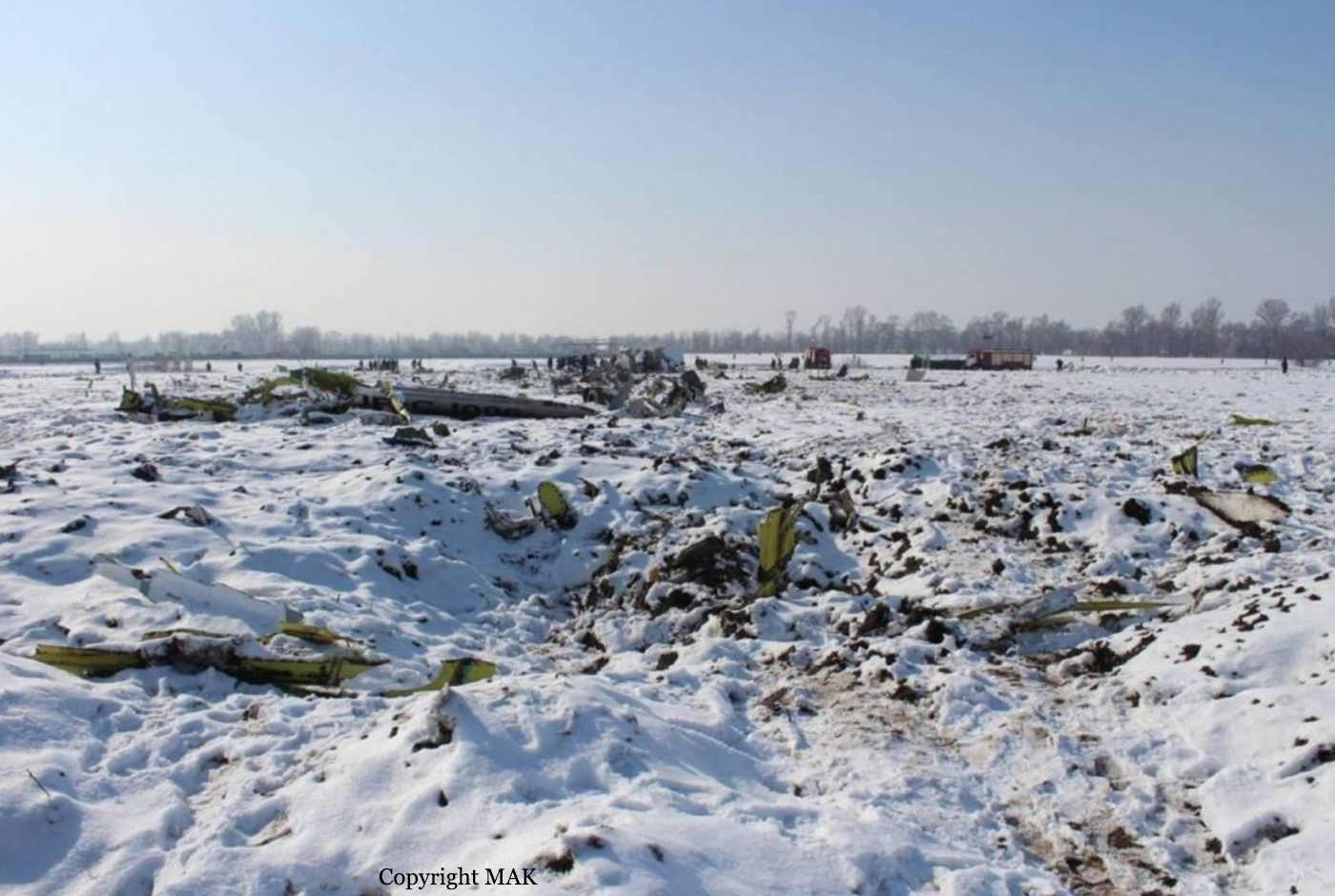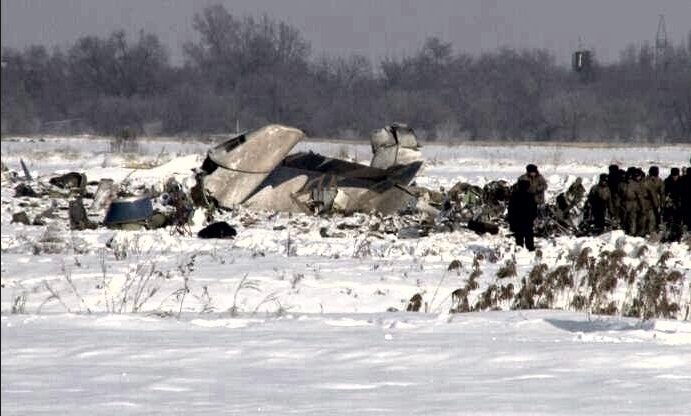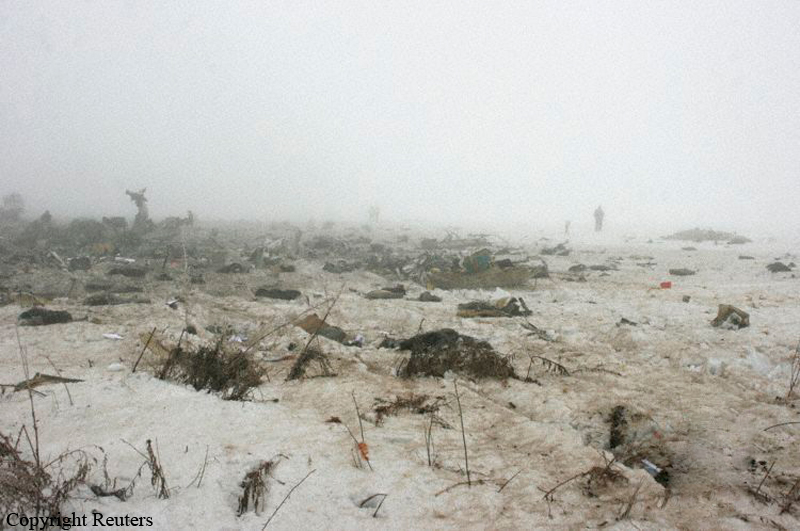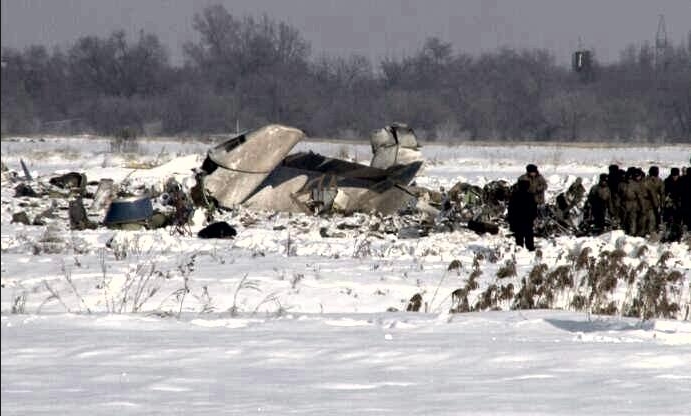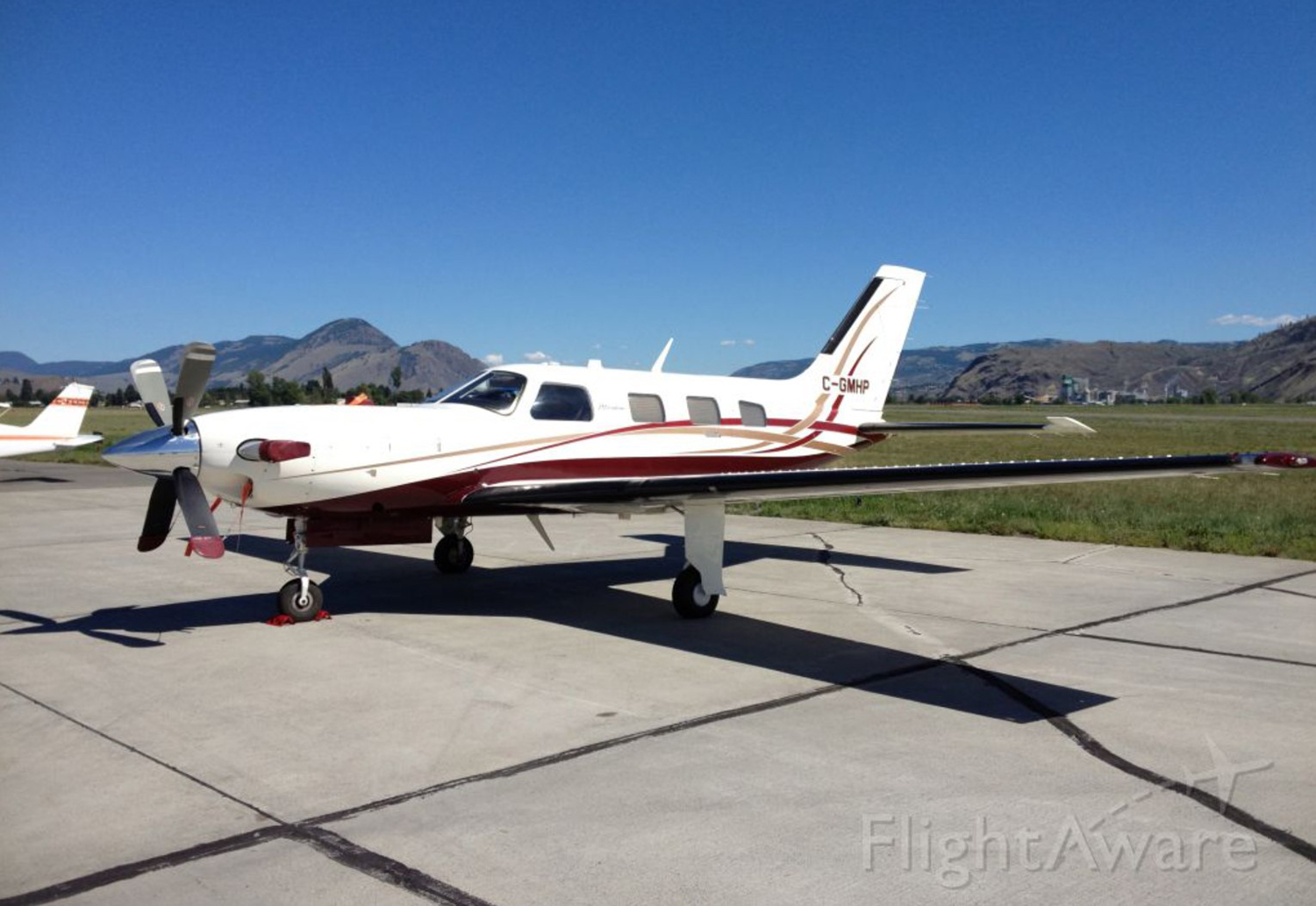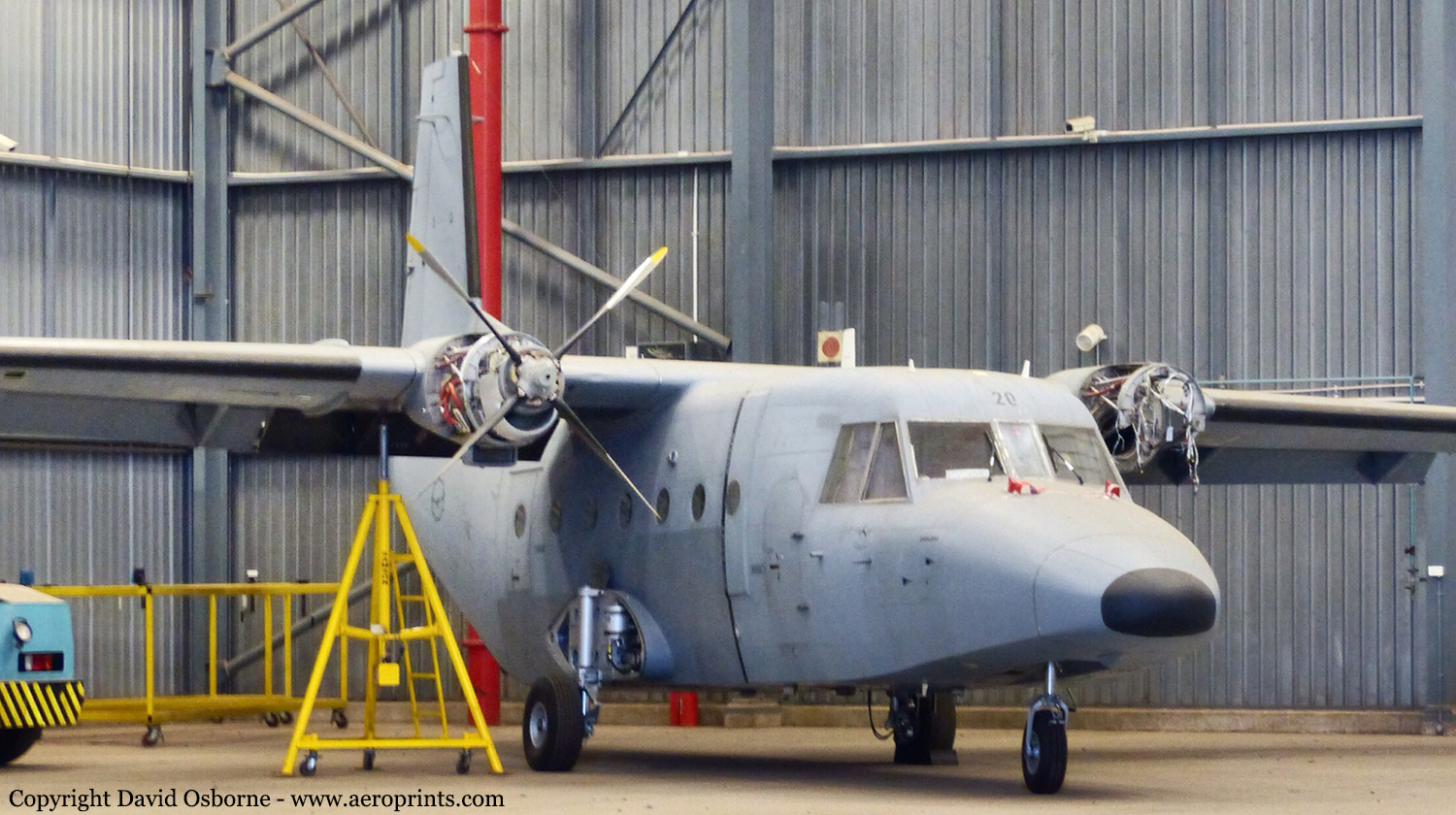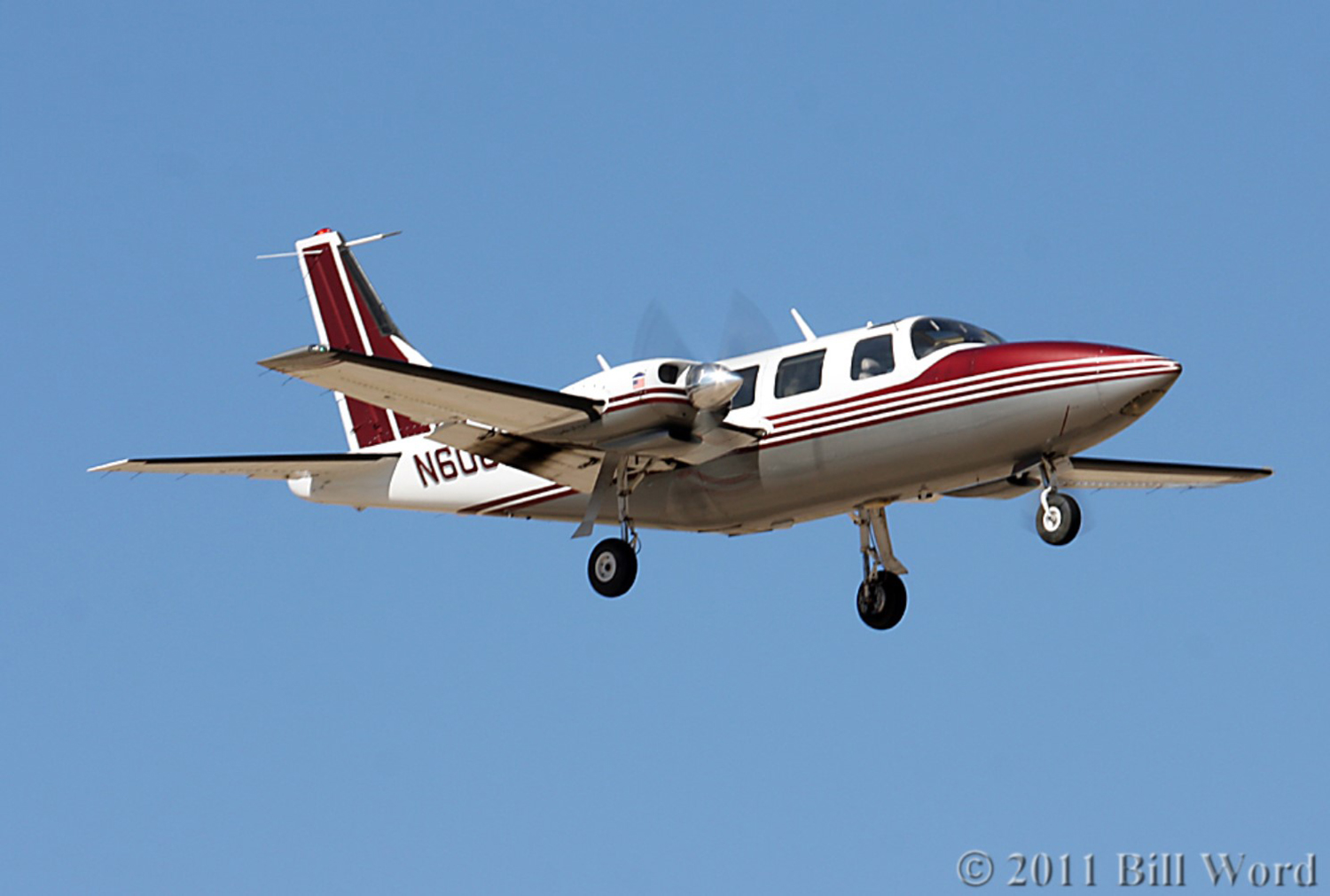Crash of a Casa CN235-220 in Monrovia: 11 killed
Date & Time:
Feb 11, 2013 at 0710 LT
Registration:
3X-GGG
Survivors:
No
Schedule:
Conakry - Monrovia
MSN:
N014
YOM:
1991
Crew on board:
5
Crew fatalities:
Pax on board:
6
Pax fatalities:
Other fatalities:
Total fatalities:
11
Circumstances:
The aircraft was carrying a delegation of Senior Officials of the Guinea Air Force to Monrovia. On final approach to Roberts Airport, the aircraft descended too low, impacted trees and crashed in a wooded area located near Charlesville, some 4 km short of runway. The aircraft was destroyed by impact forces and a post crash fire and all 11 occupants were killed, among them General Souleymane Kéléfa Diallo, Chief of Staff of the Guinea Army Forces. The delegation was on its way to Monrovia to take part to the celebration of the Liberia Army forces anniversary.
Probable cause:
In July 2013, the investigation board confirmed that the accident resulted of multiple errors committed by the pilots who did not carry sufficient attention to the flight and the approach procedure. Investigators also concluded that the flight crew was tired, which was considered as a contributing factor because their faculties and capacities were diminished.

